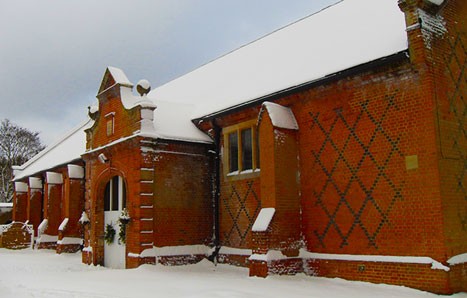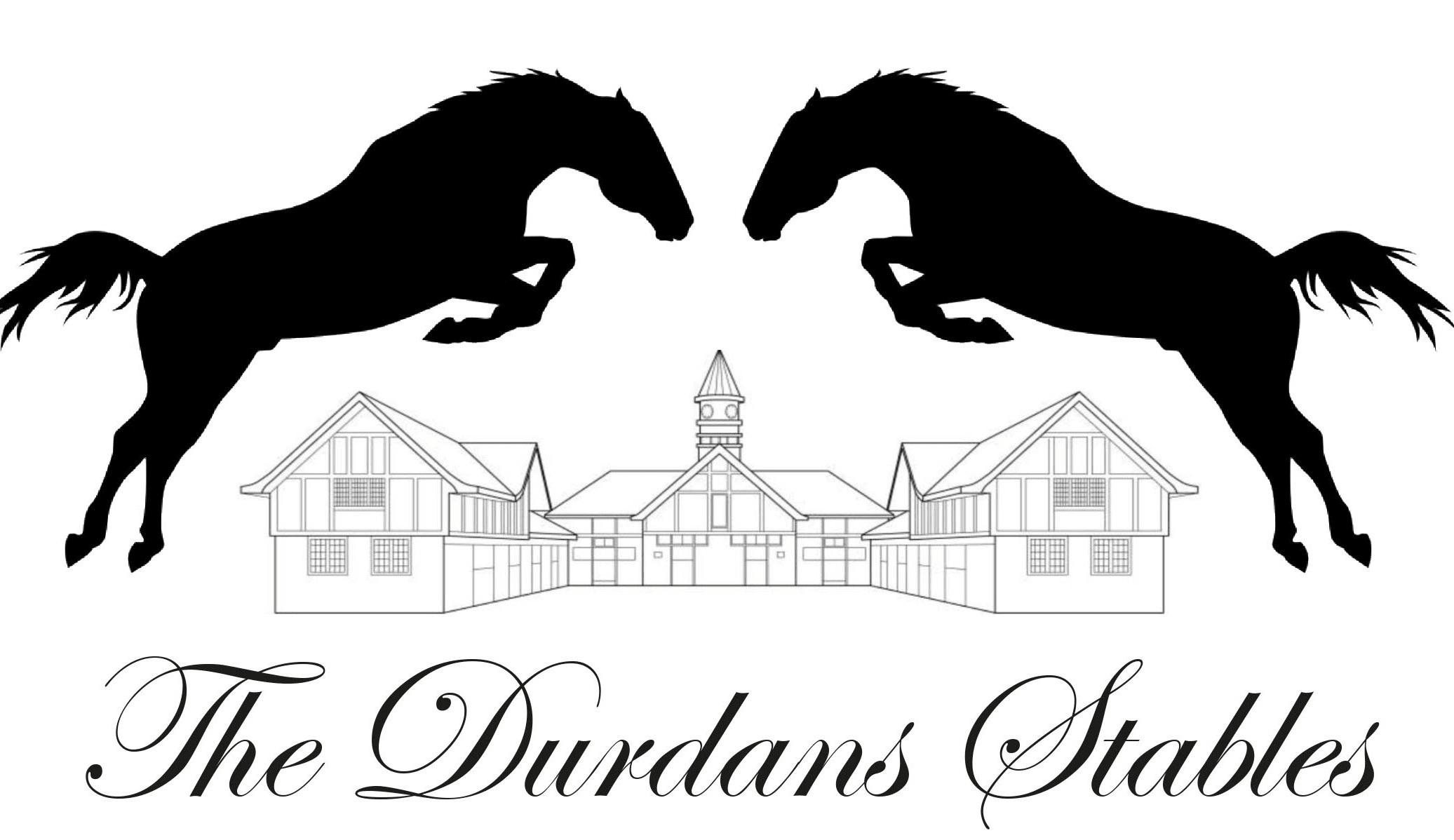
History
History
The Beginning
The Heathcote family sold the Durdans to the 5th Earl of Rosebery in 1874, where he established a flourishing stud for racehorses, which was his passion.
When at university, Rosebery set out three aims in life:
- To Become Very Rich (In 1878, he married Hanna de Rothschild.)
- To Become Prime Minister (He held this position in 1894/95.)
- To Own a Racehorse That Would Win the Derby (He owned three!)
In 1881, Lord Rosebery commissioned the eminent Victorian “Arts and Crafts” architect George Devey, to design an indoor riding stable at the Durdans in this style. Along with other new stable boxes, the result was described in the Victorian Dictionary compiled by Lee Jackson as “being the finest in the country”. There are 3 listed buildings at the Durdans still in use, along with listed iron entrance gates and 4 horse graves.
Indoor Riding School
There are Dutch gables on the east and west walls. The interior is 15 metres by 37 metres, including a viewing platform. The roof is of unusual, possibly unique, construction. It is supported by semi-circular timber arches built up from three layers of short lengths of timber, bolted together with staggered joints.
Outside the entrance to the riding school is a Grade II listed range of 12 loose boxes, also built in 1881. Facing these and making up the classical quadrangle shape, are a further 14 boxes, constructed in 2012. All these loose boxes are now being used for livery horses.
Racing Yard
Lord Rosebery owned two studs, the Durdans and another at Mentmore, Buckinghamshire. He bred 500 racehorses at these studs over 60 years. Most notably, he won the Epsom Derby three times with Ladas II (1894), Sir Visto (1895) and Cicero (1905). All three Derby winners were schooled at the Durdans as, after weaning, all Mentmore foals were sent to the Durdans for training. The chalk sub-soil at Epsom meant the soil was drier and warmer and the paddocks so well protected from harsh winds, that the “young stock obtained every possible advantage”.
